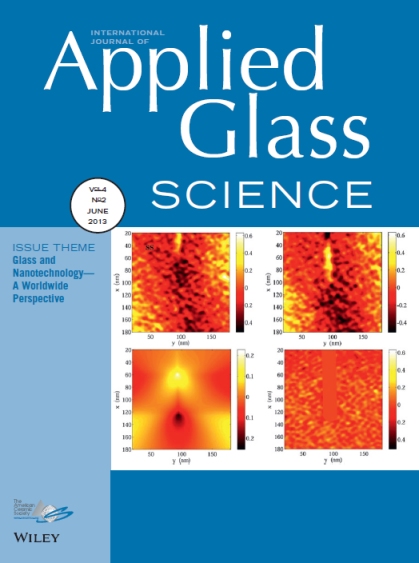Informations Contextuelles
When Griffith presented his famous theory of crack stability in elastic materials in the early twentieth century, he was unable to provide much detail on the structure of cracks at the nanometer level of resolution. Now, almost 100 years later, techniques such as transmission electron microscopy, atomic force microscope, nuclear reaction analysis, and nuclear reflection are available to achieve this level of resolution. Here, we review the kind of data obtained using these techniques and the implications of the data vis-a-vis cracks in silicate glasses. Measurements by atomic force microscopy provide information on the size of the nonlinear zone at crack tips in glass, on environmental conditions at crack tips, and on the possibility of cavity formation as a mechanism of crack growth. Examination by nuclear reaction analysis and neutron reflection of fresh fracture surfaces formed in water has yielded information on water penetration through the glass surrounding the crack tip, to a resolution of 3-5 nm. Improvement of measurement techniques in the coming years should enable us to study crack tips in glasses to even higher levels of resolution and to answer more detailed questions concerning the level of stress and the size of the nonlinear zone at the crack tip.SM Wiederhorn, T Fett, JP Guin and M. Ciccotti, 2013.
Griffith Cracks at the Nanoscale, Int. J. Appl. Glass Science, 4[2] 76–86.



